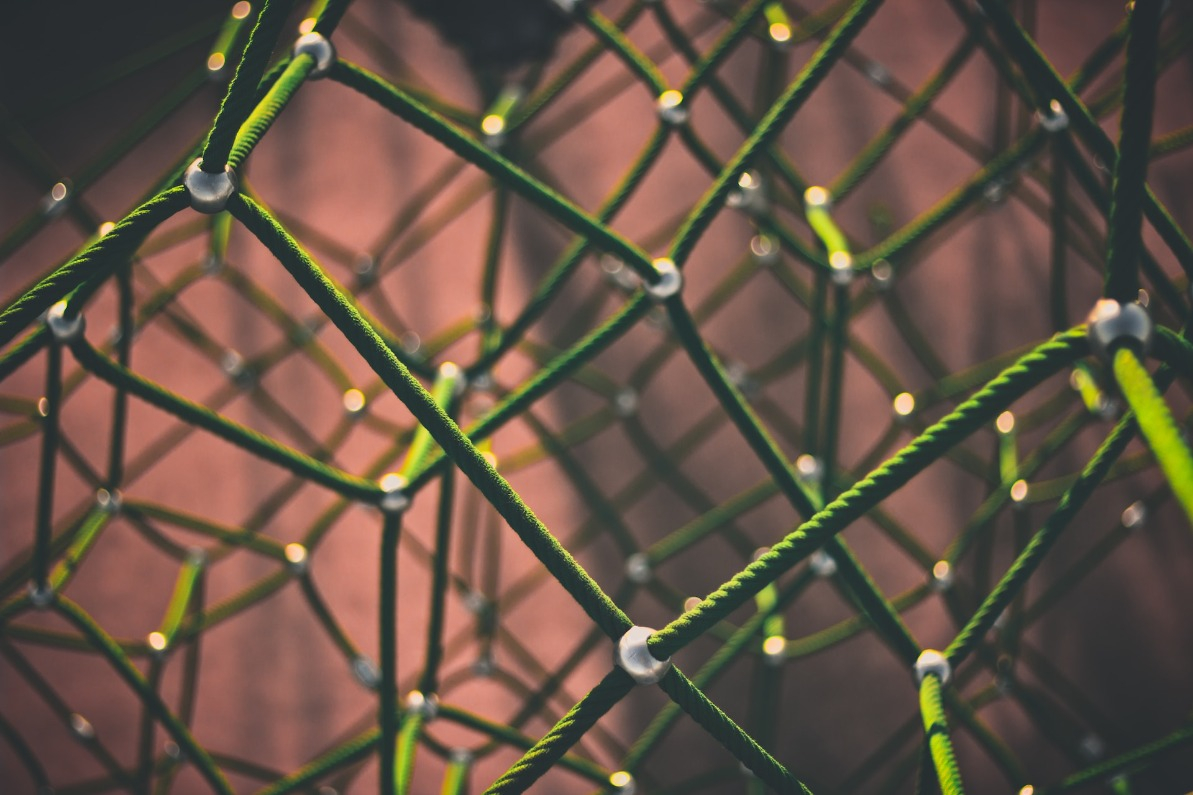In recent years, the sports collectibles landscape has rapidly changed. Projects without collectibility, repeatability, and utility have fallen by the wayside. A few weeks ago, NBA legend Baron Davis and Dibbs co-founder and CEO Evan Vandenberg explored the current collectibles landscape at Collision Conference, one of the largest tech conferences in the world.
Baron discusses his passion for collectibles and how he sees the future of the industry. He believes that collectibles should be more than just digital objects. They should also provide access, utility, and storytelling elements. Evan shares his vision for Dibbs' Taas (Tokenization-as-a-Service) solution, a platform that allows brands to tokenize their high-value items as physical-backed digital collectibles on the blockchain. He believes that Dibbs can revolutionize the collectibles industry by making it more accessible, efficient, and global.
Check out exclusive images from the conversation, and read on to hear how Baron discussed the key factors for successful collectibles projects for today and tomorrow.












